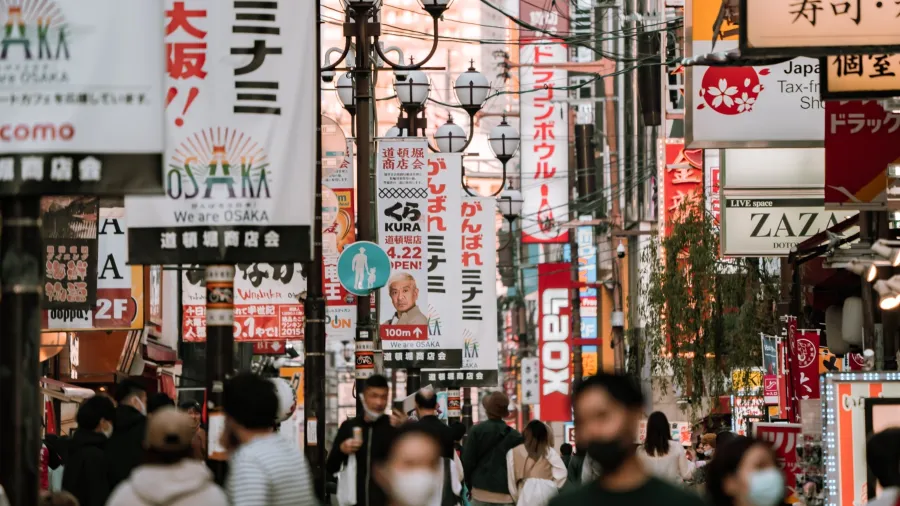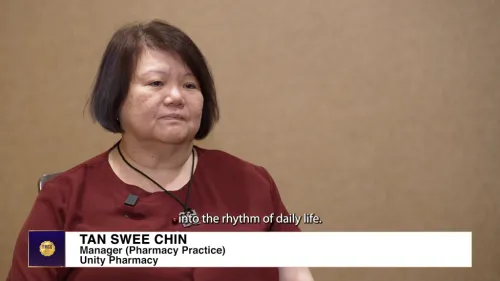
Growth in sight for Japan’s retail sector despite slow recovery
Store footfall is continuing to rise despite substantial COVID-19 cases.
Despite a slow recovery over the past half-year, hope is still in sight for Japan’s retail sector as footfall has risen closer to pre-pandemic levels and further movement restrictions are not as likely to be put in place in the future, according to a report from Savills.
Vacancies in the sector have stopped increasing in most markets, and some have even seen vacancy decline. However, this recovery has not been distributed equally—a growing dichotomy between prime and non-prime locations has been observed, and tourism-dependent areas are still suffering in general, the report noted.
Despite this, Japan has been gradually gravitating toward an endemic state, and the substantial number of COVID-19 cases has not dragged down retail footfall, which Savills believed could mean that further restrictions are unlikely without the emergence of new oppressive variants.
“The government has also made steps toward reopening Japan’s borders, and the pent-up demand from inbound tourists could provide considerable relief to many retail industries,” the report added.
The country’s retail sector has continued to face headwinds as multiple states of emergencies and restrictions have led to reduced footfall in stores and have likely shifted some spending habits from brick-and-mortar stores to online shopping, Savills said.
This has still not tempered the optimism of investors on retail recovery as the pandemic wanes and as many countries in the world are approaching a state of normalcy, and some properties in the high-end sector have seen particular interest over the past few months, the report added.
According to preliminary data from Real Capital Analytics (RCA), transactional volumes in 2021 jumped 33% YoY to $4.54b (JPY610b).
“Whilst volumes in the first quarter of 2022 have been slow, this figure is expected to increase as more transactions are confirmed,” Savills said. “Indeed, the increased interest in retail properties in city centres could be a sign of expected recovery in the market.”
In addition, rising energy and commodity prices from the conflict in Ukraine are expected to raise inflationary pressure on the Japanese market, but inflation is still expected to be mild overall because wage movements have been stagnant.
Savills said this meant that demand-side factors should not apply much pressure on inflation, and the consumer price index will mainly be elevated by cost-push factors. The weak demand is also expected to eventually curb inflationary pressure.
The moderate inflationary pressure in Japan is not expected to exert meaningful change on the market landscape. On the other hand, the weaker yen may have a greater impact as overseas investors could raise their stakes in Japan to take advantage of the weak yen.
“In addition, a weaker yen could mean that Japanese residents would become more reluctant to spend overseas, and effectively provide a tailwind for domestic consumption. Overall, the current market could remain favourable for Japanese real estate investment,” Savills added.
Read more: Japan’s retail sector enjoys foot traffic recovery in Q1



















 Advertise
Advertise






